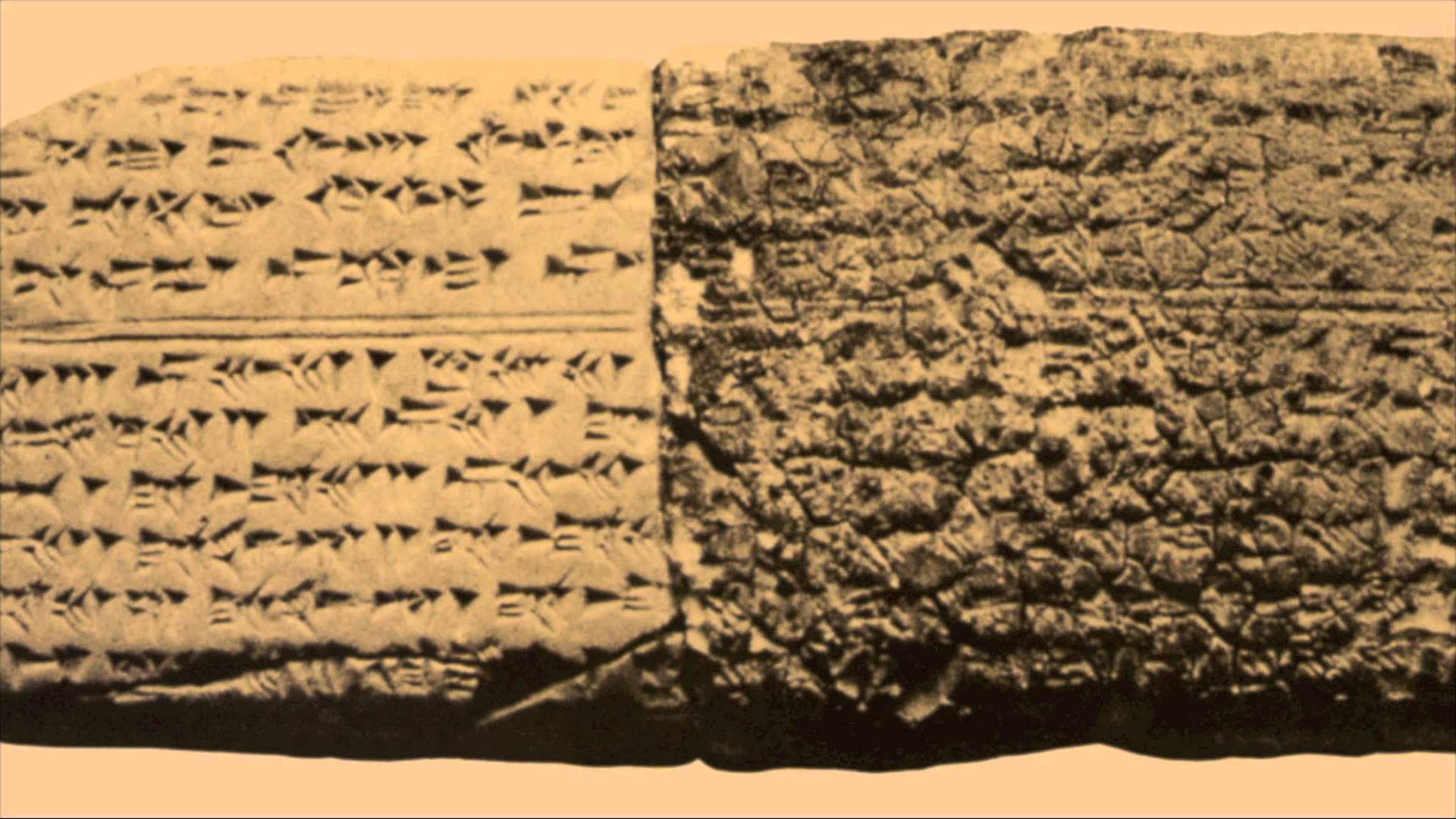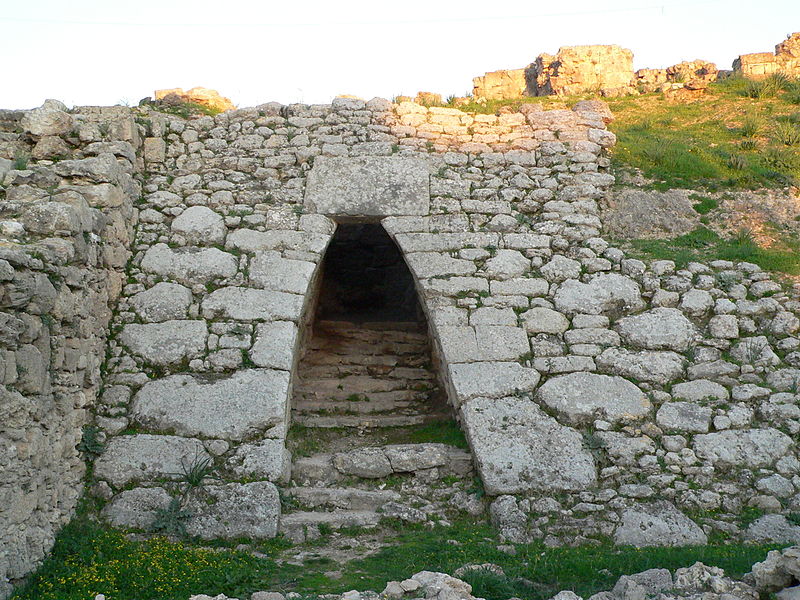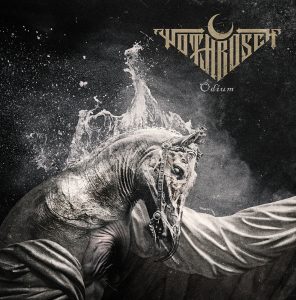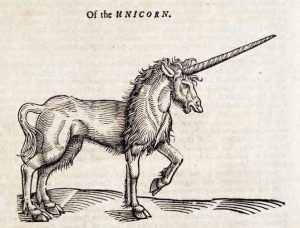The Oldest Tune: Hurrian Hymn No. 6
When it comes to ancient art, there’s nothing quite like the emotion that stirs in you as you stare at an ancient painting on a cave wall. The idea that a human was sat in the same spot as you, creating an image, thousands of years ago, is strangely comforting.
Attempting to imagine how they were feeling as they put ochre to rock is an impossible task, but you can’t help but try.
With a painting you can’t observe the artist’s “motivation,” but you’ve often got a good idea what he was trying to draw.When it comes to ancient music, it’s a little more confusing; even if you find the written piece, there are still a lot of unknowns: how fast was it? what instruments was it played on? Have we interpreted the notation correctly? Was there singing? How many players were involved? And on, and on.
Regardless of that, there is something wonderful about trying to picture how a crowd of people, or even a single individual would have felt when they heard an ancient song. You can pretty much guarantee that an ancient human felt the same about minor and major chords as we do today.
The Weirdness of Music Perception
Although our exposure to Western music from an early age plays a role in whether we find major and minor happy or sad, there does seem to be something a little deeper going on. In one experiment, the Mafa tribe in Africa, who had never heard Western music in their lives, could recognise the happy, sad or fearful emotions it portrayed.
The fact that a minor chord sounds sad and a major one sounds happy is pretty weird when you think about it, after all, it is nothing more than a sequence of vibrations. Why on earth should one format of vibrations make you want to cry and another make you want to smile? How could that have arrived in human nature?
The Hurrian Hymn
This morning, I came across a video showcasing the wonderful sounds of the Hurrian hymn. This piece of music is important because it is regarded as the most ancient melody known to man. It was found, written on a tablet, in the ancient Amorite-Canaanite city of Ugarit, in modern day Syria (then Mesopotamia).
The ditty was found in the royal palace of Ugarit, the entrance of which is pictured above. The melody dates to approximately 1400 BC.
The tablets were uncovered in the 1950s and included the inscriptions for more than 30 hymns, but, sadly, only one was complete enough to read – no. 6.
The music was written by an anonymous composer and has been dubbed the Hurrian hymn to Nikkal, the Hurrian cult hymn, A Zaluzi to the Gods, or rather unpoetically – h.6.
Of course, music written in ancient cuneiform isn’t super easy to translate, so we may never know exactly what it was supposed to sound like. But at least we have an idea of the tones that were listened to, and presumably enjoyed, a millennia and a half before Jesus was born.
Here is a version of the Hurrian hymn, performed on the lyre by Michael Levy:
Beautiful, right? That particular version was translated by Dr. Richard Dumbrill. If you can read music yourself and would like a look at the translated notation, click here for the sheet music, or click here for the guitar tab.
I find the idea of someone listening to that music more than 3,000 years before I was born, almost magical.
MORE ANCIENT THINGS:
THE OLDEST WOODEN STATUE IN THE WORLD
DERINKUYU: ANCIENT UNDERGROUND CITY



















